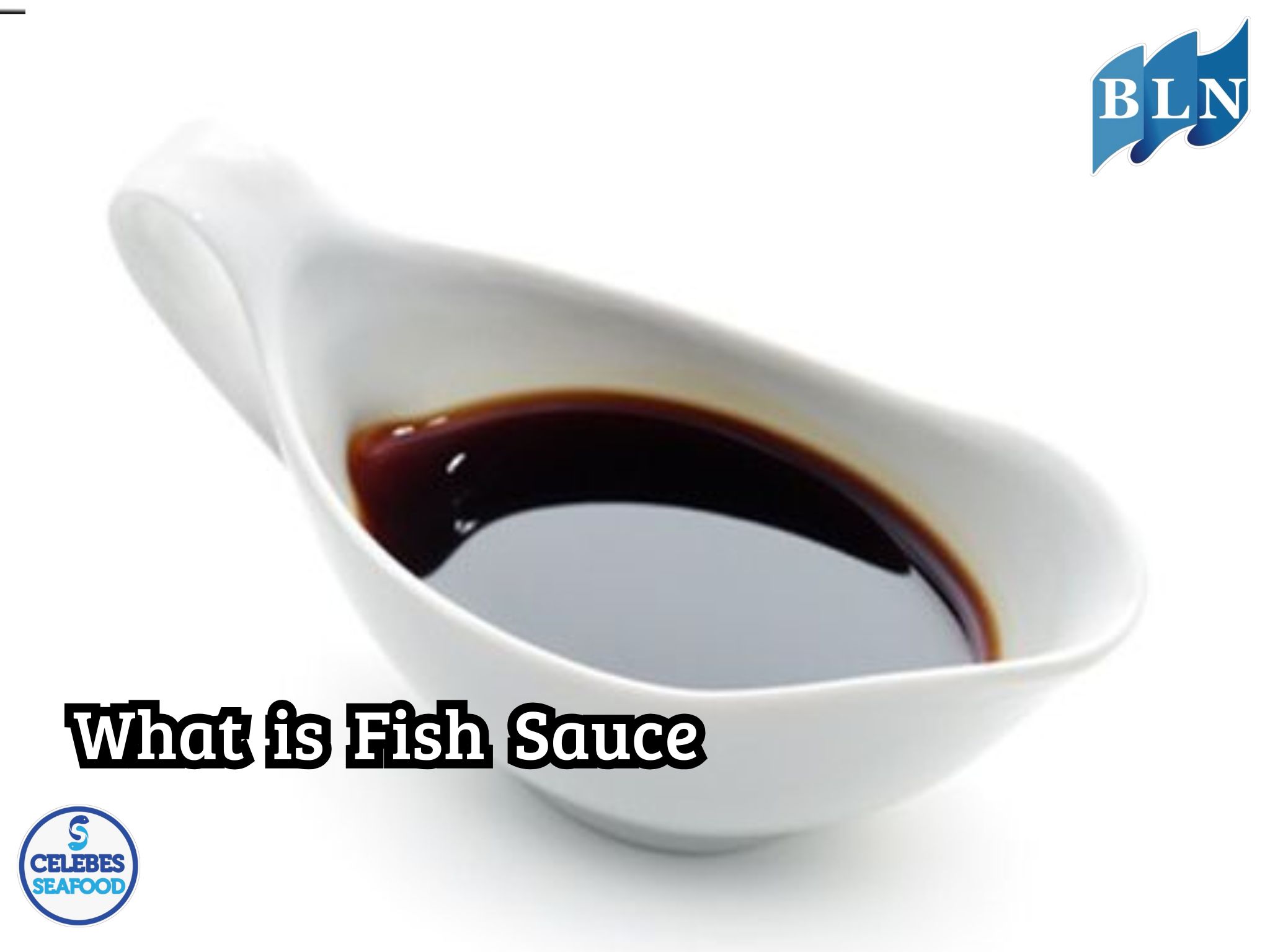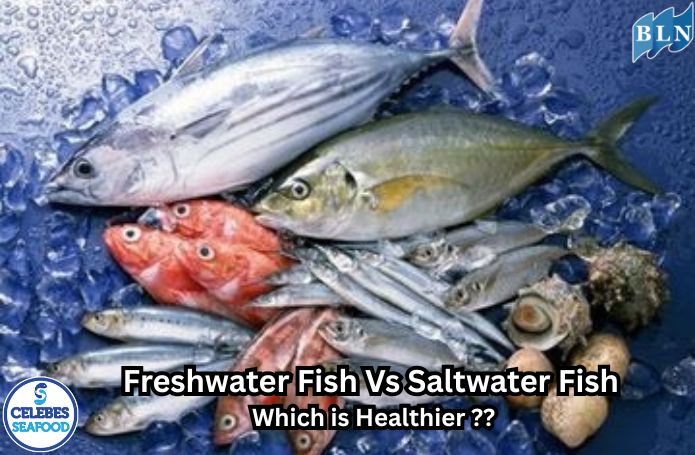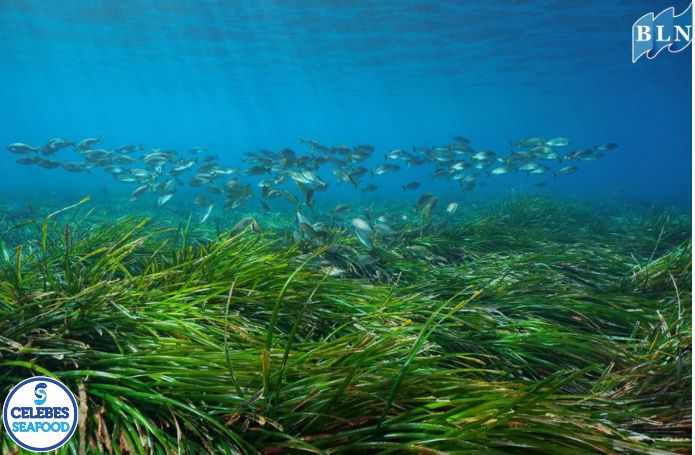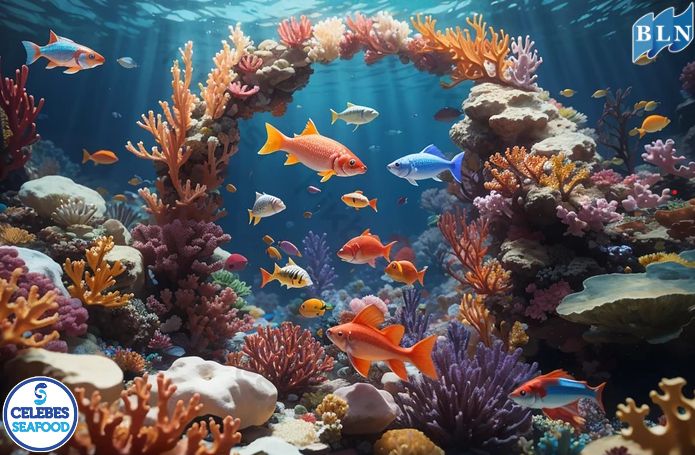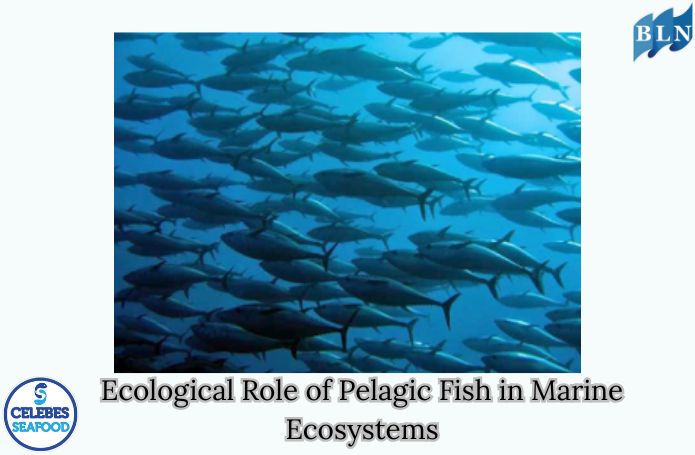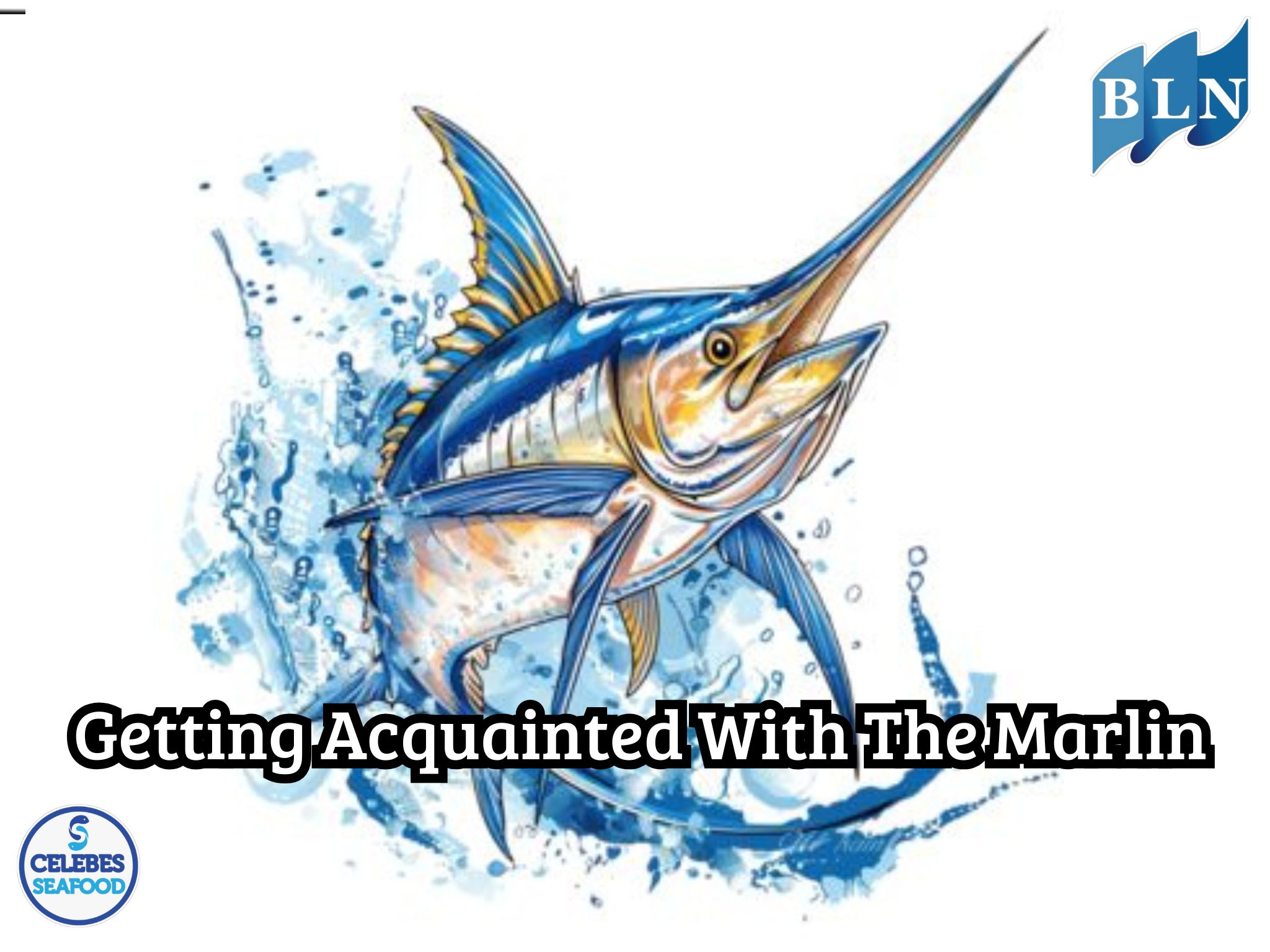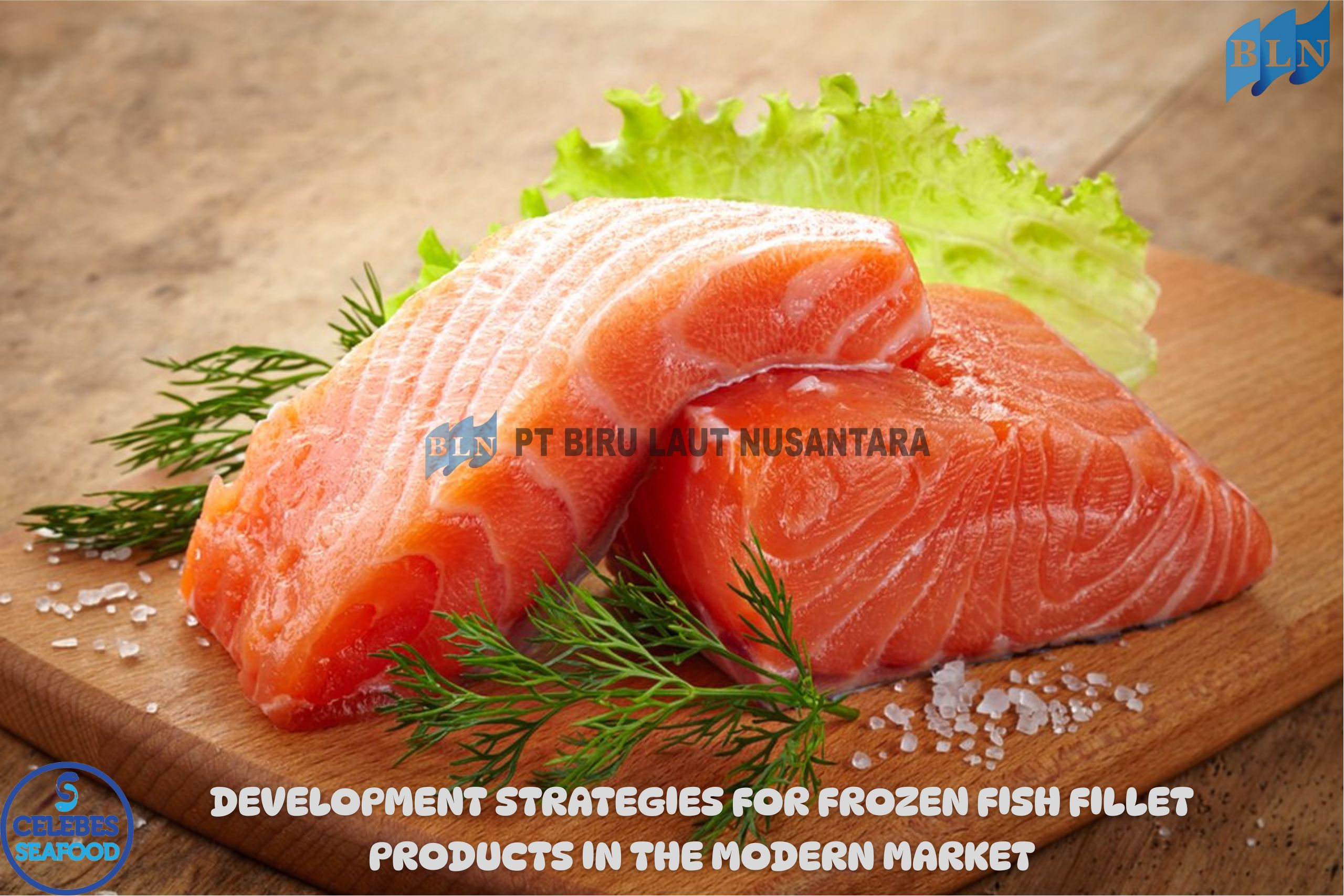Comparison of Cephalopod Catch Rates Using Different Fishing Gears
By. Rani - 05 May 2025
lautnusantara.comAnalyzing and comparing the quantity and quality of catches obtained using various types of fishing gear employed for catching cephalopods (squid, cuttlefish, octopus, and nautilus). The aim is to understand the effectiveness of each gear in generating catches, as well as its implications for resource sustainability and the economic aspects of fisheries.
Here are some key points likely to be discussed in the article:
1. Identification of Various Types of Cephalopod Fishing Gears:
- Traditional Fishing Gears:
- Lines: Various types of lines such as handlines, trolling lines, and longlines modified for cephalopods.
- Traps: Static gears with different designs that attract cephalopods to enter and make it difficult to escape.
- Gillnets: Nets set in the water column that entangle passing cephalopods.
- Scoops/Hand Nets: Simple tools for catching cephalopods in shallow waters.
- Modern Fishing Gears:
- Trawls: Large nets dragged by vessels, including both bottom trawls and mid-water trawls.
- Lift Nets: Nets lowered into the water and then lifted suddenly, often with the aid of lights.
- Purse Seines: Encircling nets used to enclose schools of cephalopods.
- Specialized Fishing Gears: Development of more selective or efficient gears for specific species.
2. Metrics for Comparing Catch Rates:
- Catch Quantity: Measuring the total weight or number of individual cephalopods caught per unit of fishing effort (e.g., kilograms per hour of trawling, number of individuals per trap set).
- Size and Species Composition: Analyzing the average size of cephalopods caught by each gear and the proportion of different species in the catch.
- Bycatch Levels: Evaluating the number and types of non-target species (fish, marine mammals, sea turtles, etc.) caught by each gear. This is crucial for assessing the ecological impact of the fishing gear.
- Catch Quality: Considering the physical condition of the cephalopods after being caught (e.g., level of damage, freshness).
3. Factors Influencing Catch Rates:
- Fishing Gear Design and Construction: How the specifications of the gear (mesh size, trap size, bait type, etc.) affect catching effectiveness.
- Operational Techniques: How the gear is used (e.g., trawling speed, trap soaking time, use of lights).
- Environmental Conditions: Factors such as water depth, temperature, currents, and the presence of prey.
- Cephalopod Behavior: Feeding habits, migration patterns, and responses to stimuli (such as light or bait) of different species.
- Fishing Season and Location: Variations in catch rates based on time and geographical area.
Read To : patial Analysis of Fishermen’s Compliance with Coastal and Marine Zoning Regulations
4. Implications and Discussion:
- Economic Efficiency: Analyzing the operational costs and market value of catches obtained using each type of gear.
- Resource Sustainability: Evaluating the impact of each gear on cephalopod populations, including the risk of overfishing and habitat damage.
- Fishing Gear Selectivity: Discussing the ability of each gear to target specific species and sizes, which is important for responsible fisheries management.
- Recommendations: Based on the comparison results, the article can provide recommendations regarding the types of fishing gear that are more efficient, sustainable, or suitable for specific fishing conditions.
By presenting a comprehensive comparison, this article is expected to provide valuable insights for fishermen, fisheries managers, researchers, and other stakeholders in the effort to better manage cephalopod resources.
If you are interested in our , MILKFISH WHOLE ROUND, Goldband Snapper Fillet Skinless, BARRAMUNDI COD WOLE GILLED GITTED / WHOLE ROUND, GOAT FISH BUTTERFLY SKIN ON please do not hesitate to contact us through email and/or whatsapp.
